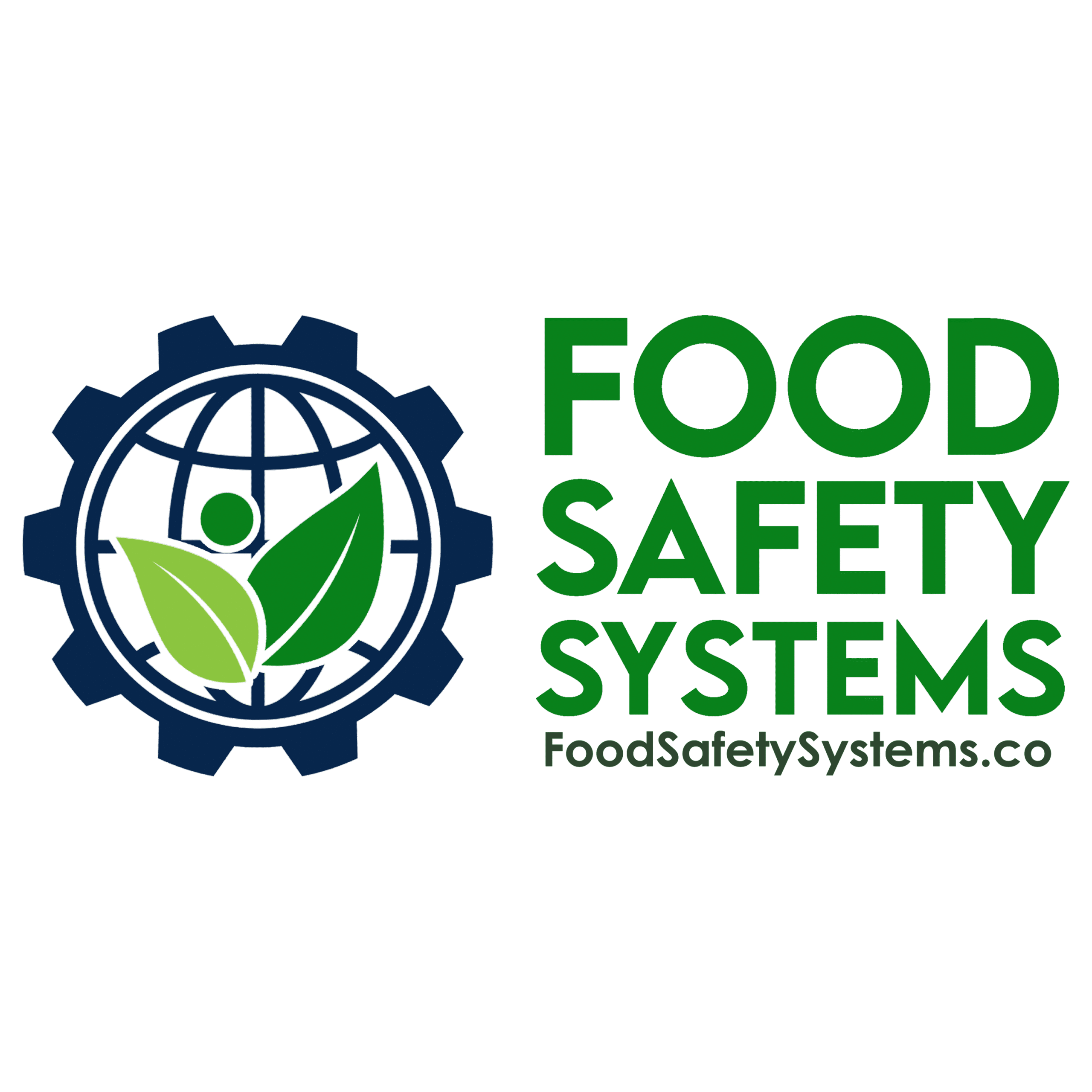Manufacturing Process Controls

Aligned with FSSC 22000 – ISO-Based Food Safety Management System (FSMS)
Requirement Overview
Under FSSC 22000, manufacturing process control is a core requirement for maintaining product safety, legality, and quality. Organizations must ensure that production and service processes are carried out under controlled conditions, including monitoring of critical parameters, validation of equipment, and appropriate handling of non-conforming outputs.
Effective process control minimizes variability, ensures compliance with specifications, and protects consumers by preventing unsafe or inconsistent products from reaching the market.
Key Compliance Objectives
-
✓ Identify and control key manufacturing steps critical to food safety
✓ Monitor operating parameters, equipment, and material specifications
✓ Prevent non-conforming, unsafe, or out-of-spec production
✓ Maintain documented evidence of process control and corrective actions
Step-by-Step Compliance Implementation
1. Identify Key Process Control Points
-
Focus Areas May Include:
-
• Mixing, cooking, chilling, filling, drying, or packaging steps
• Parameters such as temperature, time, pH, pressure, or weight
• CCPs and OPRPs defined during hazard analysis
Evidence to Maintain:
-
• Process flow diagrams with control points (linked to PRPs and CCPs)
• Work instructions and operating procedures
• Defined limits, tolerances, and control measures
- • Mixing, cooking, chilling, filling, drying, or packaging steps • Parameters such as temperature, time, pH, pressure, or weight • CCPs and OPRPs defined during hazard analysis
- • Process flow diagrams with control points (linked to PRPs and CCPs) • Work instructions and operating procedures • Defined limits, tolerances, and control measures
2. Validate Equipment and Set-Up Procedures
-
Control Measures:
-
• Initial equipment qualification and periodic revalidation
• Calibration of instruments critical to food safety
• Routine and preventive maintenance
Evidence to Maintain:
-
• Equipment validation and calibration certificates
• Maintenance logs and inspection checklists
• Pre-startup and changeover verification records
- • Initial equipment qualification and periodic revalidation • Calibration of instruments critical to food safety • Routine and preventive maintenance
- • Equipment validation and calibration certificates • Maintenance logs and inspection checklists • Pre-startup and changeover verification records
3. Implement In-Process Monitoring
-
Monitoring Activities Should Include:
-
• Continuous or batch-based monitoring of critical limits
• Sampling and inspection routines based on risk analysis
• Verification of key characteristics (e.g., temperature, weight, pH, label accuracy)
Evidence to Maintain:
-
• Real-time process control logs
• In-process inspection reports and checklists
• Non-conformance and deviation records
- • Continuous or batch-based monitoring of critical limits • Sampling and inspection routines based on risk analysis • Verification of key characteristics (e.g., temperature, weight, pH, label accuracy)
- • Real-time process control logs • In-process inspection reports and checklists • Non-conformance and deviation records
4. Establish Corrective Action Protocols
-
When Deviations Occur:
-
• Define clear escalation procedures for non-conforming processes
• Isolate and evaluate affected products
• Conduct root cause analysis and implement preventive action
Evidence to Maintain:
-
• Non-conforming product logs and hold/release records
• Corrective action reports (CARs)
• Employee retraining or procedural updates
- • Define clear escalation procedures for non-conforming processes • Isolate and evaluate affected products • Conduct root cause analysis and implement preventive action
- • Non-conforming product logs and hold/release records • Corrective action reports (CARs) • Employee retraining or procedural updates
Common Audit Findings & Recommended Fixes
| Audit Finding | Recommended Action |
|---|---|
| Lack of documented control parameters | Define, document, and communicate process specifications |
| Weak or inconsistent in-process monitoring | Introduce standardized forms, frequencies, and escalation steps |
| Missing corrective action records | Track all deviations with corresponding resolution actions |
| Uncalibrated or outdated equipment | Maintain an updated calibration and maintenance program |
Auditor Verification Checklist (FSSC Context)
During an FSSC 22000 audit, auditors will typically ask for:
-
• Defined process parameters and critical control limits (CCPs/OPRPs)
• Monitoring procedures and operator instructions
• Inspection and monitoring records for key process stages
• Evidence of non-conformance handling and corrective actions
• Up-to-date calibration and preventive maintenance logs
Implementation Roadmap
Build Your Program
-
✓ Develop detailed process maps and identify critical control points
✓ Set specifications and define tolerances for critical steps
Train and Execute
-
✓ Train staff on in-process monitoring and escalation procedures
✓ Deploy checklists, control logs, and visual work aids
Monitor and Validate
-
✓ Record monitoring results systematically
✓ Perform internal audits and compliance checks regularly
Improve Continuously
-
✓ Analyze deviation trends and process data
✓ Update SOPs and training after equipment or process changes
Why This Matters?
-
✓ Ensures consistency in safety, performance, and product quality
✓ Strengthens compliance with FSSC 22000 and regulatory requirements
✓ Supports proactive root cause investigation and traceability
✓ Reduces risks of product defects, recalls, and customer complaints
Support Tools Available
Food Safety Systems provides:
-
✓ Process control SOP templates tailored to food manufacturing
✓ Visual inspection and process parameter guides
✓ In-process monitoring and deviation log templates
✓ Corrective action tracking forms and root cause analysis tools
Privacy Policy | Terms of Service
Powered by interlinkIQ.com, Developed by ITBlaster.net, Owned and Operated by Consultare Inc. Group, A Compliance Company. All Rights Reserved.







